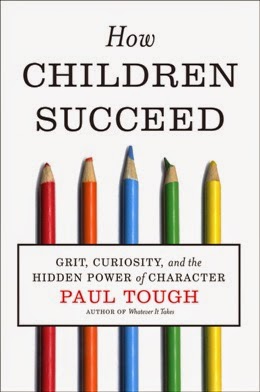From Wikipedia
The No Child Left Behind Act of 2001 (NCLB) is a United States Act of Congress that is a reauthorization of the Elementary and Secondary Education Act, which included Title I, the government's flagship aid program for disadvantaged students. NCLB supports standards-based education reform based on the premise that setting high standards and establishing measurable goals can improve individual outcomes in education.
The Act requires states to develop assessments in basic skills. To receive federal school funding, States must give these assessments to all students at select grade levels. The Act does not assert a national achievement standard. Each individual state develops its own standards. NCLB expanded the federal role in public education through annual testing, annual academic progress, report cards, teacher qualifications, and funding changes.
The bill passed in the U.S. Congress with bipartisan support.
To find out more click here.
What works:
I don't think that people can argue about the fact that on paper NCLB has made us up our game as schools and teachers. Proponents of NCLB also see this increased accountability as a plus.
On paper this looks good and addresses the needs of students.
From Wikipedia:
...No Child Left Behind requires all public schools receiving federal funding to administer a state-wide standardized test annually to all students. This means that all students take the same test under the same conditions. Schools that receive Title I funding through the Elementary and Secondary Education Act of 1965 must make Adequate Yearly Progress (AYP) in test scores (e.g. each year, fifth graders must do better on standardized tests than the previous year's fifth graders).
If the school's results are repeatedly poor, then steps are taken to improve the school.
- Schools that miss AYP for a second consecutive year are publicly labeled as in need of improvement, and must develop a two-year improvement plan for the subject that the school is not teaching well. Students have the option to transfer to a better school within the school district, if any exists.
- Missing AYP in the third year forces the school to offer free tutoring and other supplemental education services to struggling students.
- If a school misses its AYP target for a fourth consecutive year, the school is labeled as requiring "corrective action," which might involve wholesale replacement of staff, introduction of a new curriculum, or extending the amount of time students spend in class.
- A fifth year of failure results in planning to restructure the entire school; the plan is implemented if the school fails to hit its AYP targets for the sixth year in a row. Common options include closing the school, turning the school into a charter school, hiring a private company to run the school, or asking the state office of education to run the school directly.
Please see all the reasons why it does, because, well, they are the same reasons why it fails in actuality.
I remember when they first rolled out NCLB and we looked at the goals for our school. On paper they seemed reasonable. I think they were something like every student would be on grade-level by 2014. Who doesn't want to be proficient or better by 2014? Who wants to say 'no child left behind except your child'?
As, with anything that isn't functioning properly we have to look at personal teacher goals, school goals, mandated goals, unspoken but still mandated goals and we have to give room for teachers to think and process and do what it takes to achieve. Only if I buy in to the fact that all of my students can succeed, only if I have money to throw at the myriad ways to help my students succeed, only if I have time to get every student to perform at the best of their ability in all subjects from K to 12 can we see that adequate yearly progress that people want to see. Sadly, more importantly than that we have to put our money where our mouths are...this definitely doesn't happen, just look here and here to see how my state alone cuts education funds, and that's just this year.
Standardized testing as each state gets to determine what their tests looks like and each state gets to determine the standard for those tests. 50 different interpretations of those tests, 50 different sets of standards...crazy town party of, um, what's 50 X 50 X the #of school districts?...Frankly, I don't like that a school can be labeled as 'failing' based on tests that I have no control over. As an English teacher I never see the light of day and the Arts and Physical Education which are just as important as English and Math and Science and Social Studies get pushed back way back. In all actuality English and STEM seem to be what drives us and history also seems to get a bit of a back burner. So, when it comes to PD who gets the time? When it comes to funding who gets the money? Who's been over-tested and over-stressed? What happens to the child's education under NCLB?
























